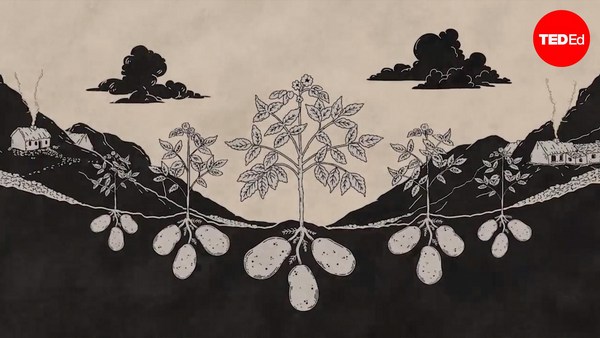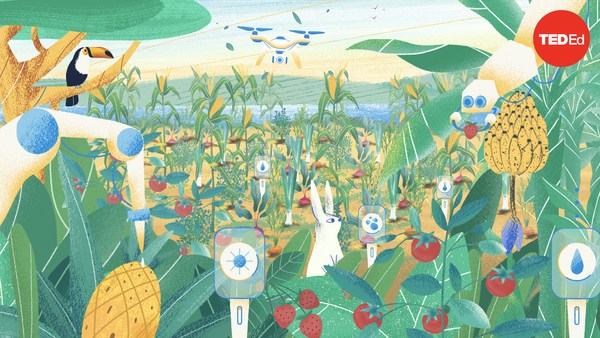2,000 years after humanity domesticated crops and livestock, some farmers kicked off humanity’s next agricultural innovation: pastoralism. These pioneering livestock farmers strategically guided animals to seasonal grazing areas. Their mobile lifestyle allowed them to develop trade relationships with communities and farmers along their routes. And this way of life provided pastoralists with wealth, social status, and political independence all the way to the 20th century. Today, there are hundreds of millions of mobile pastoralists, operating in every continent except Antarctica. From the Himalayas to the Andes to the Alps, they keep sheep, goats, cattle, and yaks. Saami pastoralists work with reindeer in Arctic rangelands. Van Gujjar pastoralists in northern India keep water buffalo. And all these communities work sustainably with their environments to produce food and other animal products.
But in the last century, political and economic policies have worked against these communities, impeding their access to basic resources and making them more vulnerable to climate change. And one region where these issues are especially apparent is sub-Saharan Africa.
This region is home to millions of pastoralists who produce the majority of meat and milk consumed across their continent. Yet throughout the late 20th century, various programs tried to incentivize these mobile communities to put down roots. Governments limited their access to public services like healthcare and education. They created designated watering holes to keep pastoralists in specific regions year-round. And huge areas of rangeland historically shared by pastoralists were privatized or converted to wildlife reserves.
The motivation behind these policies varied widely. Some programs were earnest but misguided efforts to modernize an ancient agricultural model. Others were attempts to control what governments perceived as unmanageable populations. But the end result was always the same. By restricting how sub-Saharan pastoralists could use the land, these communities became poorer, less sustainable, and less economically resilient. And in a region that’s relied on pastoralism for millennia, these changes have had a huge impact.
Historically, sub-Saharan pastoralists helped keep African grasslands healthy by guiding their livestock to graze specific amounts in specific areas. Their seasonal migration prevented land from being overgrazed and their livestock’s fertilizing manure regenerated the soil. But policies restricting their movement have made this kind of land management incredibly difficult.
These policies also make pastoralists less resilient to climate change. While global droughts are increasing as the planet heats up, pastoralists are experts at following rain and reading the landscape to know how drought will impact different areas. Historically, this allowed pastoralists to maintain their herds regardless of the weather. But these techniques can’t help communities confined to drought-stricken lands. And when their herds become unhealthy, the consequences can be deadly.
Unhealthy herds can cause disease outbreaks that endanger livestock and humans. But even without outbreaks, sick herds become unproductive— limiting what pastoralists have to sell. Making things worse, sub-Saharan pastoralists are forced to sell their wares in informal markets that operate with minimal oversight. And since these markets function on an international scale, they pit pastoralist communities against each other, resulting in sale prices that are generally low and extremely volatile. This leaves pastoralists with unstable incomes, and a dependency on intermediaries who charge high transaction prices.
Pastoralists on every continent are facing some version of these issues. But hopefully the solutions being pursued in sub-Saharan Africa can inspire global change. Alongside government groups and NGOs, grassroots pastoralist movements are advocating to restore protected grazing reserves and improve public services like mobile health clinics and schools tailored to pastoral movement. Some groups are trying to create new market systems that would establish standards for meat quality and sale price to prevent exploitation by middlemen. Others are working to ensure fair prices for female herders, who already account for 50% of sub-Saharan pastoralists. And advocates are also working to improve animal health with new vaccines, accessible veterinary services, and livestock tagging systems to track disease outbreaks.
But perhaps the most important change would be for governments to recognize the value of pastoral mobility. Pastoralism has sustained countless ecosystems and economies for millennia— and embracing the knowledge underpinning that history is essential for Earth’s future.


